NEW YORK—Geothermal, an energy source commonly used in Iceland, may be increasing its influence in New York City.
Geothermal energy systems utilize the constant temperature of the earth for heating and cooling a building. These systems are the dark horse of alternative energy, but efforts are being made in the city, and state, to change that. And the use of such systems has been gradually increasing.
A two-well system, drilled to a depth of 1,260 feet, at the American Institute of Architecture’s New York building, was an early adoption of geothermal technology when it opened in 2003.
Rick Bell, executive director of the Center for Architecture, said that the well system would pay for itself through energy savings in about three years. It cost $100,000, $85,000 of which was provided by the state Energy Research and Development Authority (NYSERDA).
“We can point to our use of geothermal in a hearing like this and say ‘This is the future,’” said Bell before a City Council hearing on geothermal potential in the city. “This is not only free, which from an operating cost perspective is really, really nice, but it’s guilt-free.”
A number of high-profile buildings have recently installed geothermal systems, including the Queens Botanical Garden, the Times Square TKTS Booth, the Bronx Zoo Lighthouse, and the Brooklyn Children’s Museum.
Pumping through the system at the museum, 400 gallons of water per minute heat or cool the building, depending on the season. A $400,000 annual electricity bill got sliced in half, according to the building superintendent, who enthusiastically praised the project.
‘No-Brainer’ for Homeowners
Homeowners can save a lot of money as well, said David Magid of You Save Green, a green auditing and contracting firm based in Brooklyn. One of his clients had a $400 monthly electricity bill, before using funding from NYSERDA, which offers financing of up to $25,000.
“Now they’re able to finance a geothermal system with no money out of pocket, and they’re going to be paying $128 each month,” Magid said. “So there are positive cash flows from day one. It’s a no-brainer.”
A federal tax credit of 30 percent of the cost of installation can also help fund geothermal.
Yet one drawback of installing geothermal systems in the city is the need to apply for multiple permits.
“We’ve tried to avoid a lot of parts of the city, because of obvious reasons of lack of space and mechanical issues,” said Magid. The company has learned how bureaucratic procedures work.
Popping Up Outside the City
Long Island has had more geothermal systems popping up, perhaps because of more space. “It’s certainly growing, it’s certainly becoming more popular,” said David E. Reardon, manager of geothermal drilling for Miller Environmental Group. The Hamptons, the North Fork of Long Island, Westchester, and parts of Connecticut are also having more systems installed, in both new construction and retrofits.
Geothermal is “the way of the future, based on rising energy costs,” said Reardon, adding that in his opinion “there are no drawbacks from it.” He called geothermal “the most cost-efficient heating/cooling technology that is available, both for residents and commercial projects.”
Aesthetics—the elimination of window air conditioner units and rooftop cooling towers—and lower maintenance costs are other benefits cited by advocates of geothermal.
Barriers—and Great Potential
There are downsides. “It’s relatively hard to dig wells,” said Bell, the Center for Architecture executive director, “especially in highly populated, congested areas.”
Paying back upfront costs for geothermal remains a barrier. Although Bell’s center had a three-year estimated payback for upfront costs, Sergio Smiriglio, director of energy policy for the mayor’s office, said earning back upfront costs could take between 7 and 40 years. This longer time period, he said, has made geothermal “cost-prohibitive for widespread application in the city.”
Smiriglio spoke Monday at a City Council hearing examining geothermal’s potential in New York City. James F. Gennaro, chair of the Committee on Environmental Protection, convened the hearing for oversight and pushing Intro 794, legislation that would have the city undertake a study of “subzones within the city most suitable for the use of geothermal energy.”
Yet the city’s Department of Design and Construction, an employee said at the hearing, will release an updated manual with both a detailed list of projects already completed or started and next steps toward more adoption of geothermal.
Meanwhile, John Rhyner a licensed geologist with P. W. Grosser Consulting, said he joined with the city’s Economic Development Corporation and Columbia University graduate students several years ago in developing analysis of electricity, heating, and cooling demand for all structures on every city block.
“It was quite fascinating,” he said. “They found the residential market for geothermal is enormous, ranging from over 75 percent of the total square footage of residential in the Bronx to nearly 95 percent in Staten Island.
“The outer boroughs have the larger geothermal potential due to greater open outdoor space for drilling and lower densities,” he added. “Over 900,000 [buildings] can be feasibly served.”
The Epoch Times publishes in 35 countries and in 19 languages. Subscribe to our e-newsletter.
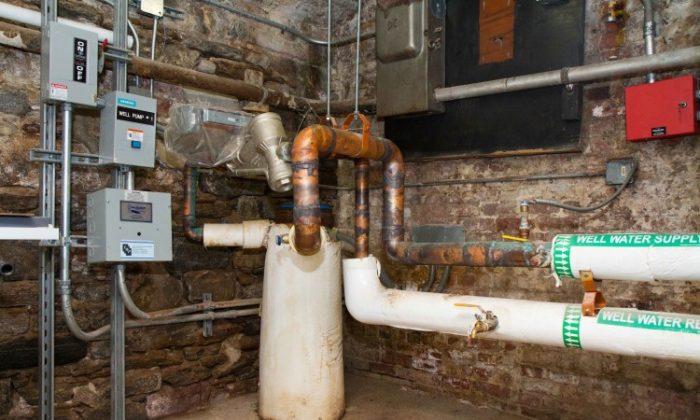



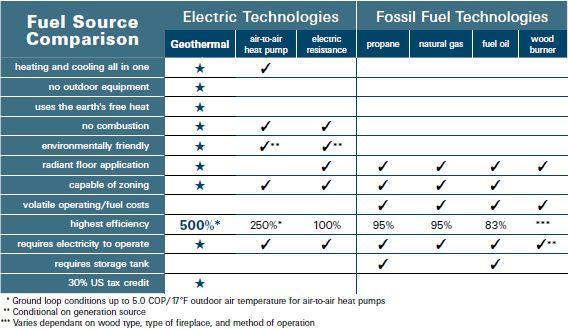
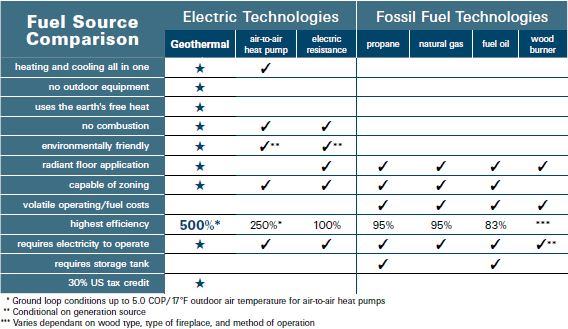
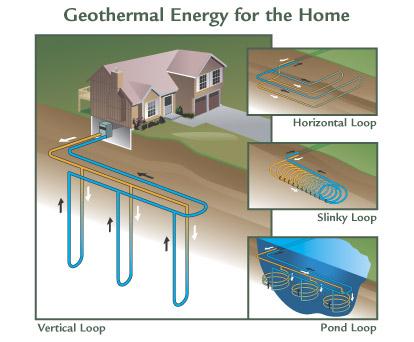
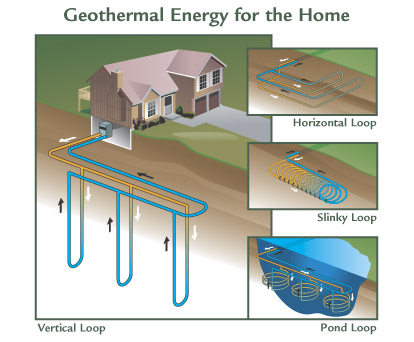




Friends Read Free